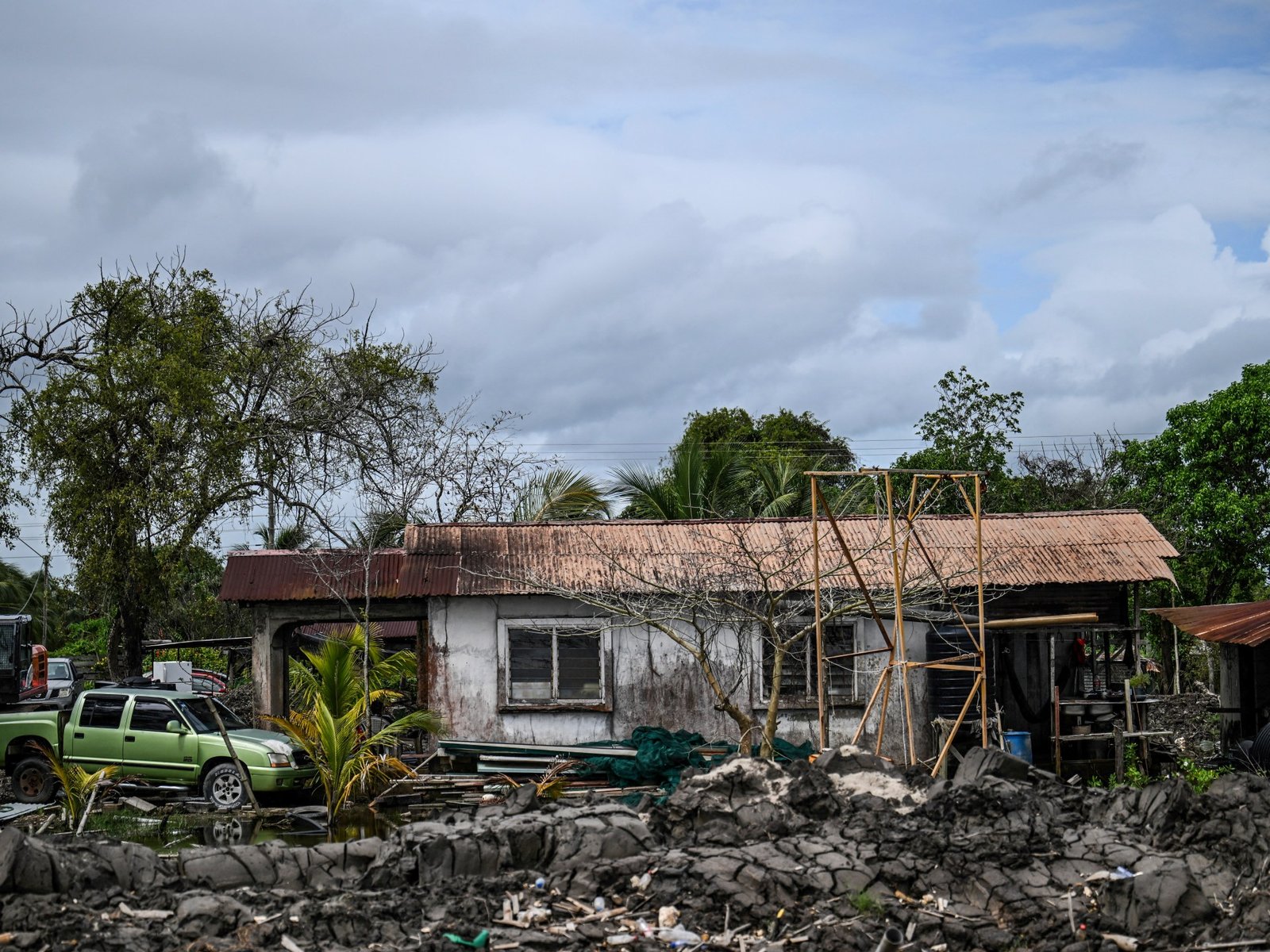Suriname, the smallest nation in South America, stands as one of the world’s most susceptible countries to the impacts of rising sea levels.
According to the United Nations Intergovernmental Panel on Climate Change, nearly 70% of Suriname’s 600,000 residents, many living in low-lying coastal areas, are at significant risk.
“Every day, I see more of my land vanish,” lamented Gandat Sheinderpesad, a 56-year-old farmer who has lost a staggering 95% of his land to the encroaching sea.
For years, local officials have sought solutions to combat this threat.
“Some regions benefit from extensive mangroves acting as natural barriers, spanning five to 20 kilometers (three to 12 miles),” explained Riad Nurmohamed, the Minister of Public Works. “However, areas close to Paramaribo, our capital, are just exposed with only one kilometer of mangrove coverage.”
In 2020, a restoration initiative was launched to rejuvenate the mangroves around the capital.
In a show of support, UN Secretary-General Antonio Guterres personally participated in the project in 2022 by planting seedlings in the mud.
However, five years later, Sienwnath Naqal, the climate change and water management expert overseeing the project, surveys a bleak landscape. The sea has crept up to the edge of a roadway, and many saplings he had planted are now bare.
The relentless high tides have eroded the substrate, leaving roots exposed.
“In the past two to three years, the force of the water has devastated the mangroves,” Nurmohamed stated.
Furthermore, sediment dredging at the Paramaribo estuary to facilitate boat traffic has exacerbated the erosion, Naqal added.
Some of the destruction has been intentional, with local farmers clearing mangroves for agricultural expansion, akin to the environmental threats facing the Amazon rainforest next door in Brazil.
With rising waters threatening the livelihood of Paramaribo’s 240,000 inhabitants, Suriname has pivoted to constructing a dyke as an urgent measure.
For Sheinderpesad, this levee provides his only hope of maintaining his land. “I have nowhere else to go. Once we have the dyke, I will feel safer, but I remain uncertain about how long that safety will last,” he expressed.
The proposed 4.5-kilometer dyke comes with a price tag of $11 million, which the government has pledged to finance.
“Approaching donors can take years, and we simply don’t have time. Flooding is imminent,” Nurmohamed noted.
Yet, addressing one vulnerable section won’t be enough to shield the nation from the might of the Atlantic. The government is contemplating an extensive network of dykes along its 380-kilometer coastline.
However, the financial path forward remains uncertain. “This is a monumental investment,” Nurmohamed reiterated.
Fortunately, newly discovered offshore oil reserves may offer a potential solution. Last year, the French company TotalEnergies unveiled plans for a $10.5 billion project to tap into an oil field off Suriname’s shores, with an estimated output of 220,000 barrels per day.

